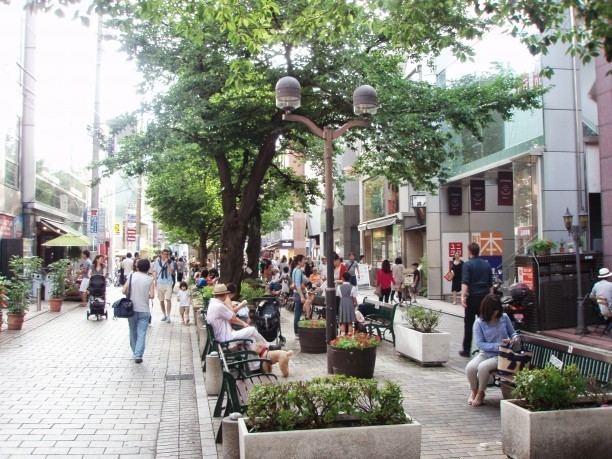 | ||
Jiyūgaoka (自由が丘, Jiyūgaoka) is a neighborhood in southern Meguro, Tokyo, Japan, consisting of districts 1-chome to 3-chome, with a population of 7,231 as of January 2013, and postal code 152-0035. The name also refers to the broader area surrounding Jiyūgaoka Station, which includes both Jiyūgaoka and the Okusawa (奥沢) neighborhood of Setagaya.
Contents
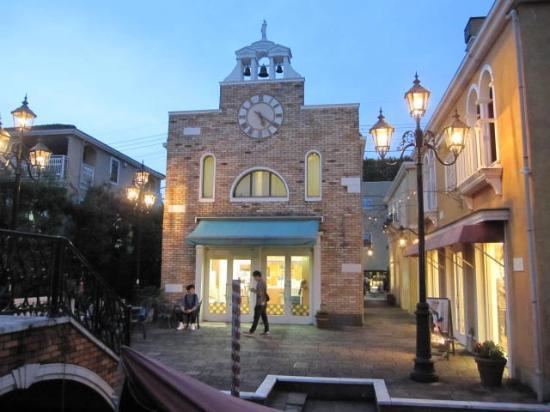
Jiyūgaoka Station is located at the junction of the Tōyoko Line and Ōimachi Line. There are many numbers of apparel stores, zakka stores and restaurants. Jiyūgaoka is often considered as one of the most desirable places to live in Tokyo. The area has its own newspaper dating back to 1919.
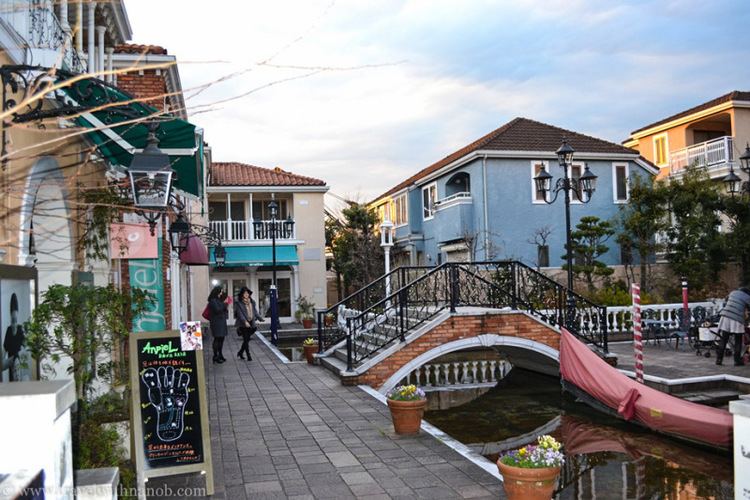
History
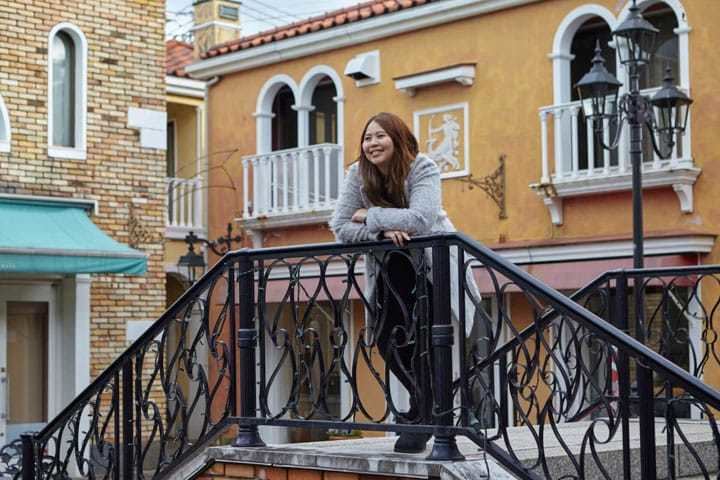
The area was rural until the late 1920s, when rail service commenced. On 28 August 1927, Kuhonbutsu-mae Station (九品仏前駅, Kuhonbutsu-mae eki) was established on the Tōyoko Line. In the same year, Jiyūgaoka-gakuen High School was opened. The school name, 自由ヶ丘学園高等学校, literally "Liberal Hill Academy", due to its liberal education (part of the Taishō period liberal education movement; see 大正自由教育運動), later gave rise to the name of the nearby station and thence the entire area, similarly to the neighboring stations of Toritsu-Daigaku Station and Gakugei-daigaku Station (named for universities formerly located in the area).
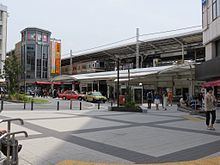
In 1929, the Ōimachi Line was opened and a new Kuhonbutsu Station (九品仏駅, Kuhonbutsu eki) was established about 800m west of the already existing Kuhonbutsu-mae Station. Kuhonbutsu-mae Station was renamed to Jiyūgaoka Station around the same time. The "Jiyūgaoka" name was formally adopted for addresses in the area in 1932.
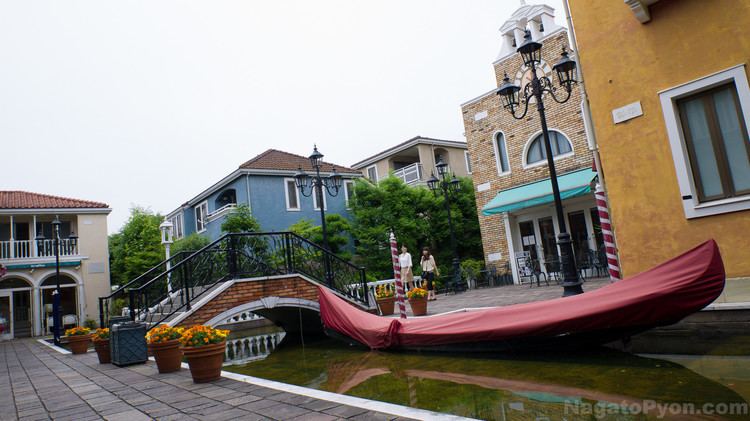
Following World War II, the area grew quickly as a suburb of Tokyo, with its central business district taking its current form around the 1970s. The spelling of the area was changed from the original 自由ヶ丘 to the current 自由が丘 (replacing the small ke) in 1965, with the station following in 1966.
Population
As of January 2013:
Total 7,231
Road
Rail
Bus

There is also a community bus, called "Thanks Nature Bus", which runs on tempura oil . The fuel for this bus, called VDF (vegetable diesel fuel), is an alternative fuel which is said to be "clean and environmentally friendly" purified and recycled oil, but there is still room for improvement.
